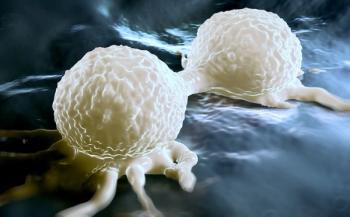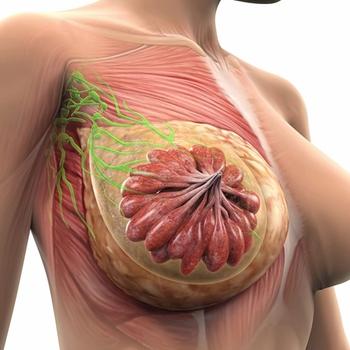
Oncology NEWS International
- Oncology NEWS International Vol 8 No 1
- Volume 8
- Issue 1
Pittsburgh to Build New Cancer Center
PITTSBURGH-To accommodate the growth of the University of Pittsburgh Cancer Institute’s (UPCI’s) treatment and research activities, the UPMC Health System will build a 295,000 square-foot integrated facility on the UPMC Shadyside campus. This $104 million building will serve as the hub for UPCI’s clinical programs and scientific investigations.
PITTSBURGHTo accommodate the growth of the University of Pittsburgh Cancer Institutes (UPCIs) treatment and research activities, the UPMC Health System will build a 295,000 square-foot integrated facility on the UPMC Shadyside campus. This $104 million building will serve as the hub for UPCIs clinical programs and scientific investigations.
UPCI includes more than 600 scientists and health care professionals in more than 30 disciplines. It is the only NCI-designated comprehensive cancer center in western Pennsylvania.
This new building symbolizes the commitment of the UPMC Health System to combat this disease, which touches every family and which is the second-leading cause of death in the United States, said Jeffrey Romoff, president of the UPMC.
The new building will more than double current research space and allow for the recruitment of 250 new scientists and clinicians. Groundbreaking on the building will begin in the spring of this year.
Articles in this issue
almost 27 years ago
NCI Initiates Two High-Priority Tobacco Research Programsalmost 27 years ago
Breast Cancer Stamp Sells Wellalmost 27 years ago
Hospital Strategies To Prevent Invasive Aspergillosis Spreadalmost 27 years ago
‘Cancer Patients Should Be Assertive, Know Their Rights’almost 27 years ago
EBCTCG Update of Adjuvant Treatment for Early Breast Canceralmost 27 years ago
Younger Breast Cancer Patients at Increased Risk of Recurrencealmost 27 years ago
Six Named to National Cancer Advisory Boardalmost 27 years ago
Trial Uses Vitamin A To Prevent Lung Cancer in Former Smokersalmost 27 years ago
‘Medical School Curriculum Must Include Palliative Care’almost 27 years ago
Formation of Fibrin Clots Key to AngiogenesisNewsletter
Stay up to date on recent advances in the multidisciplinary approach to cancer.

















































































